On Wednesday April 2nd 2014, ABCG convened a meeting, hosted at the World Wildlife Fund, U.S., on the rapidly expanding technology of unmanned aerial monitoring, data gathering, and other aspects in biodiversity conservation. With a diverse panel of seven experienced specialists facilitated by John Waugh of Integra LLC, the meeting was open to the public and covered topics including integrating technologies to combat wildlife crime, detecting sparse populations of key species, to X-prize style UAV systems development competitions, and beefing law enforcement from the air with Synthetic-aperture radar equipped UAVs.
A complete webinar recording can be watched by clicking here.
Meeting Objectives
Specifically, the meeting covered the following points:
- To review the scope of unmanned aerial vehicles (UAVs) currently in use in conservation
- Understand the conservation opportunities that UAVs provide and the technical specifications needed
- Identify opportunities for collaboration between conservationists, engineers, and UAV specialists
- Explore the concerns about increased use of UAVs in conservation, security and human rights
Speakers
Natalie Bailey, ABCG Coordinator, kicked off the event with a brief overview of the ABCG collaboration and introduced John Waugh, who moderated the meeting.
With:
Colby Loucks, WWF-US
Summary:
Given the overwhelming threat to elephants, rhinos and tigers, WWF began its Wildlife Crime Technology Project with funding from a Google Global Impact Award. Our approach was to create an umbrella of technology to protect wildlife. This project presents an opportunity to integrate new technologies – such as UAVs – in our work to adapt and implement specialized aerial and ground-based surveillance systems and ranger patrolling to increase the detection and deterrence of poaching in pilot sites in Asia and Africa. WWF’s Wildlife Crime Technology Project will be implemented over a three year period in African and Asian sites. Namibia was selected as the first site for testing during the first phase of the project. In close collaboration with the Namibian Ministry of Environment and Tourism, we focused on proving the concept of technology systems integration, installation, and operational training.
~~
With:
David Wilkie, Wildlife Conservation Society
Summary:
The Wildlife Conservation Society believes that UAVs may offer novel ways to extend the effectiveness of our current conservation efforts at little additional cost. This presentation offers a brief summary of WCS “pilot-less” tests of UAVs by our field staff and collaborators and offers suggestions for future directions in the use of UAVs to effect conservation.
~~
With:
Lilian Pintea, Jane Goodall Institute
Summary:
The Greater Gombe and Mahale Ecosystem is more than 20,000 km2 area in western Tanzania. It has been estimated that over 90% of Tanzania’s chimpanzee population is found within this ecosystem. The major threats to chimpanzees are: conversion of habitats into food crops and agricultural land, deliberate killing by humans including snares, disease due to pathogens introduced by humans, incompatible charcoal production, incompatible development and expansion of settlements, incompatible extraction of firewood and logging for timber and human-ignited fires. In order to address these threats, the Jane Goodall Institute and partners have been engaged in facilitating the establishment of community-based organizations, developing bylaws and building local capacity to develop and implement village land-use plans and manage newly established Village Forest Reserves. Areas in western Tanzania are also one of the driest, most open habitats in which chimpanzees occur and the chimpanzees of this region live at extremely low densities and exhibit extremely large home ranges. This presentation will discuss: a) lessons learned from applying UAVs to improve detection of chimpanzee nests in order to improve survey estimates; and b) the potential of using UAVs with the local communities to monitor implementation of their village land use plans and protect and restore Village Forest Reserves.
~~
With:
Aliyah Pandolfi, Kashmir World Foundation
Summary:
Aliyah Pandolfi founded the first annual worldwide Wildlife Conservation UAV Challenge to inspire people around the world to collaborate and innovate UAV technology solutions for counter—poaching. It is the fastest—growing, largest and most diverse challenge in the shortest period of time. Teams from all over the world are competing in the challenge to build the most innovative and cost—effective unmanned aerial vehicles which will combat the growing crime of animal poaching.
~~
With:
Joseph Campagna, Artemis Inc.
Summary:
Discussion on Synthetic Aperture Radar as a game changing technology in locating and tracking anyone who thinks they can hide in the cover of night, clouds and forests. Using the world’s only compact-portable, all weather multiband SAR, we are now able to provide law enforcement, governments and organizations accurate detailed information to stop the poaching of elephants, track down the illegal fishing ships and warn our peacekeepers of areas of imminent danger.
~~
With:
Isaac Shpantzer, Ph.D. Founder and Chief Technology Officer, Optix Medical
Summary:
By using lasers and photon counting imagining arrays developed at Lincoln Labs and Raytheon on can take an image under the canopy to detect poachers, elephants and various endangered species. By using standoff laser-based, digital, pulsed photo-thermal interferometric spectroscopy one can detect from afar the characteristic signature of poachers’ crimes scenes. These UAV-based combined technologies can enable conservation professionals and wildlife authorities in Africa and Asia fight poaching crime effectively.
With:
Nadine Trahan, Gaia Spatial, LLC
Summary:
Rapidly declining biodiversity and the quality and quantity of habitat and natural resources necessitates urgency for innovative ideas, cutting edge technology and creative approaches to advance scientific understanding of how natural systems function and strengthen conservation, restoration and sustainable development strategies. Eco-drones offer significant potential toward this end. Eco-drone is defined here as an unmanned aerial system (UAS) comprising hardware and software components and operating procedures designed to capture, store, transfer, and process geospatial data that is readily available for visual and/or digital analysis to support socio-environmental applications.
“Potential” is the operative word here, as only a few applications across the range of possibilities have been well tested and documented. In order to realize and advance eco-drone potential, the proven technological components must be matched, integrated, and field tested in conjunction with project specific objectives and site specific logistics. If individual projects are to be successful in their own right and contribute to the wider body of knowledge and solutions, eco-drone planners and operators must have a coherent understanding of the role this technology plays in environmental research and management at large. This presentation aims to contribute toward the development of best practices for achieving these goals.
Resources:
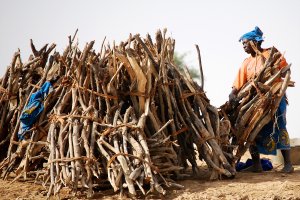

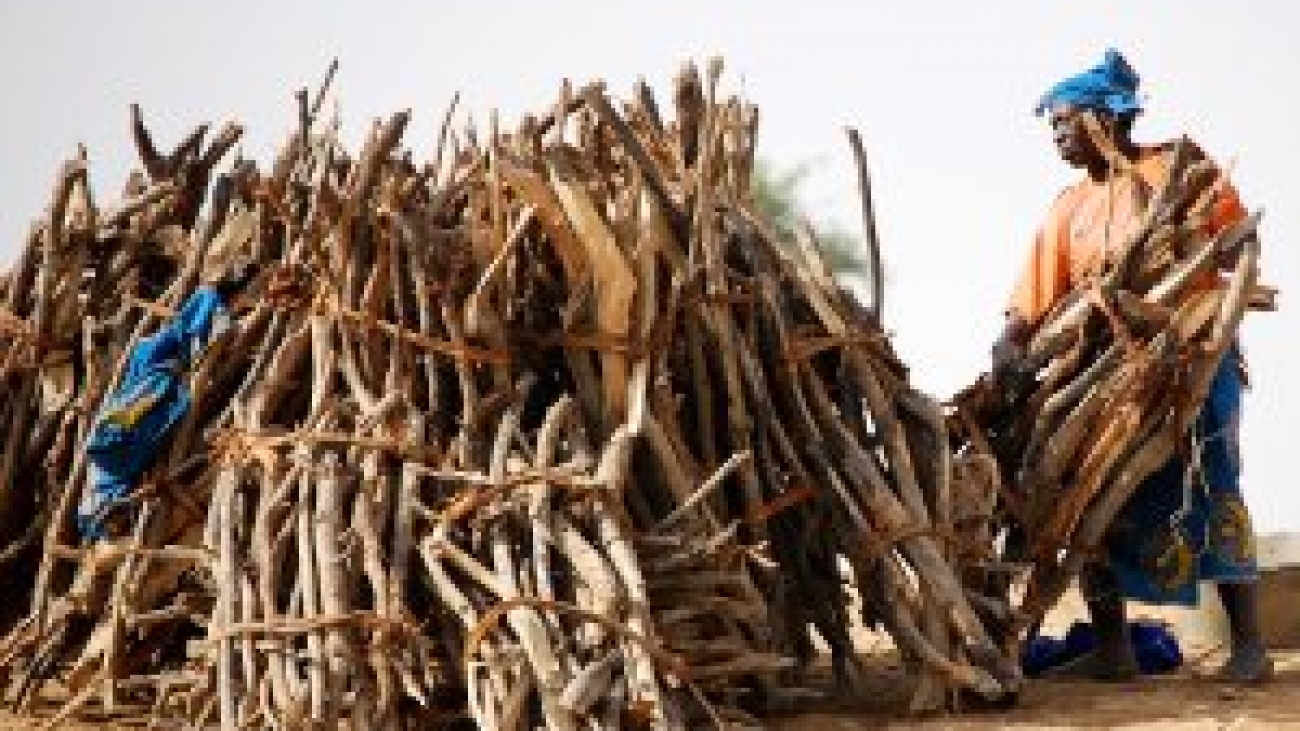




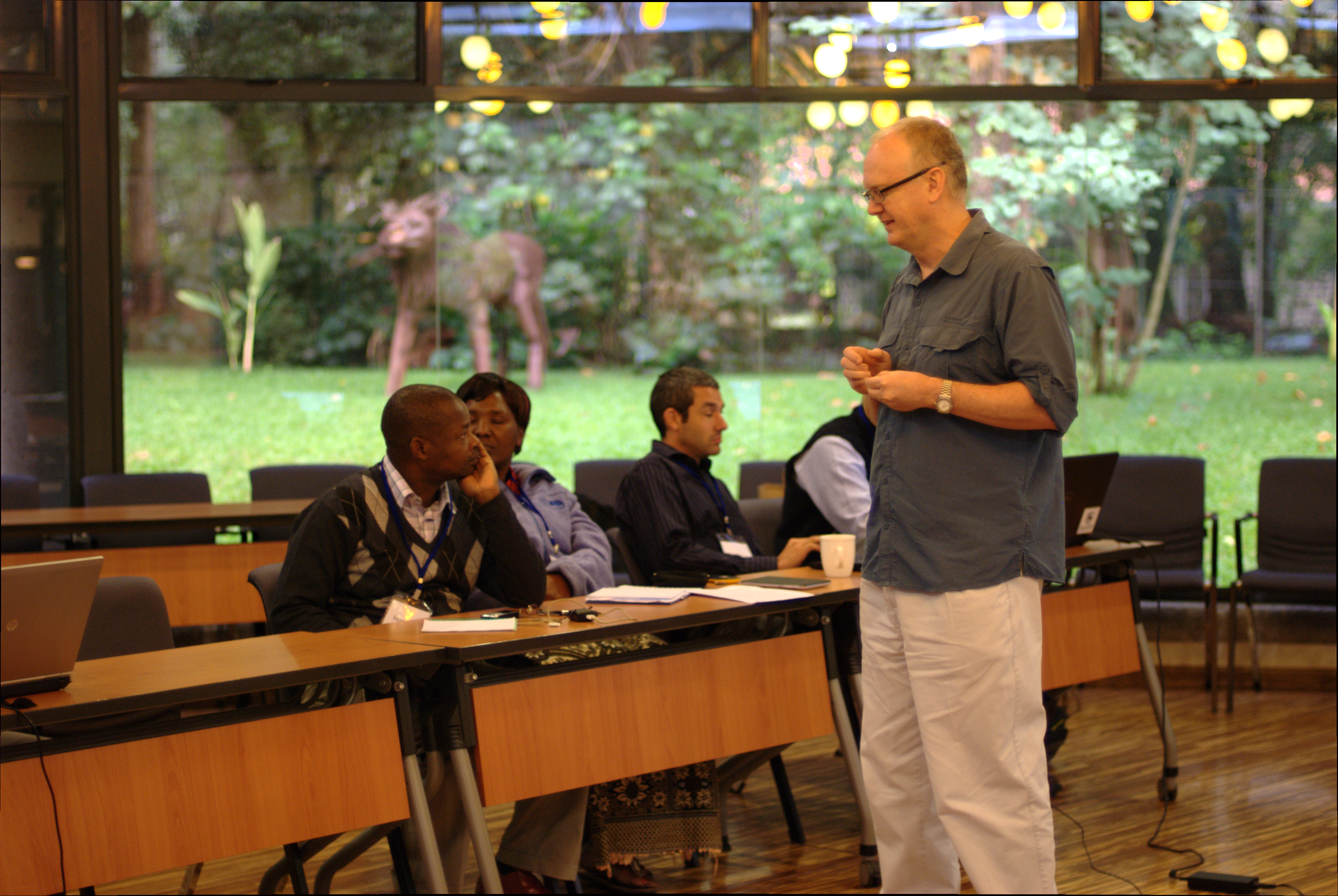
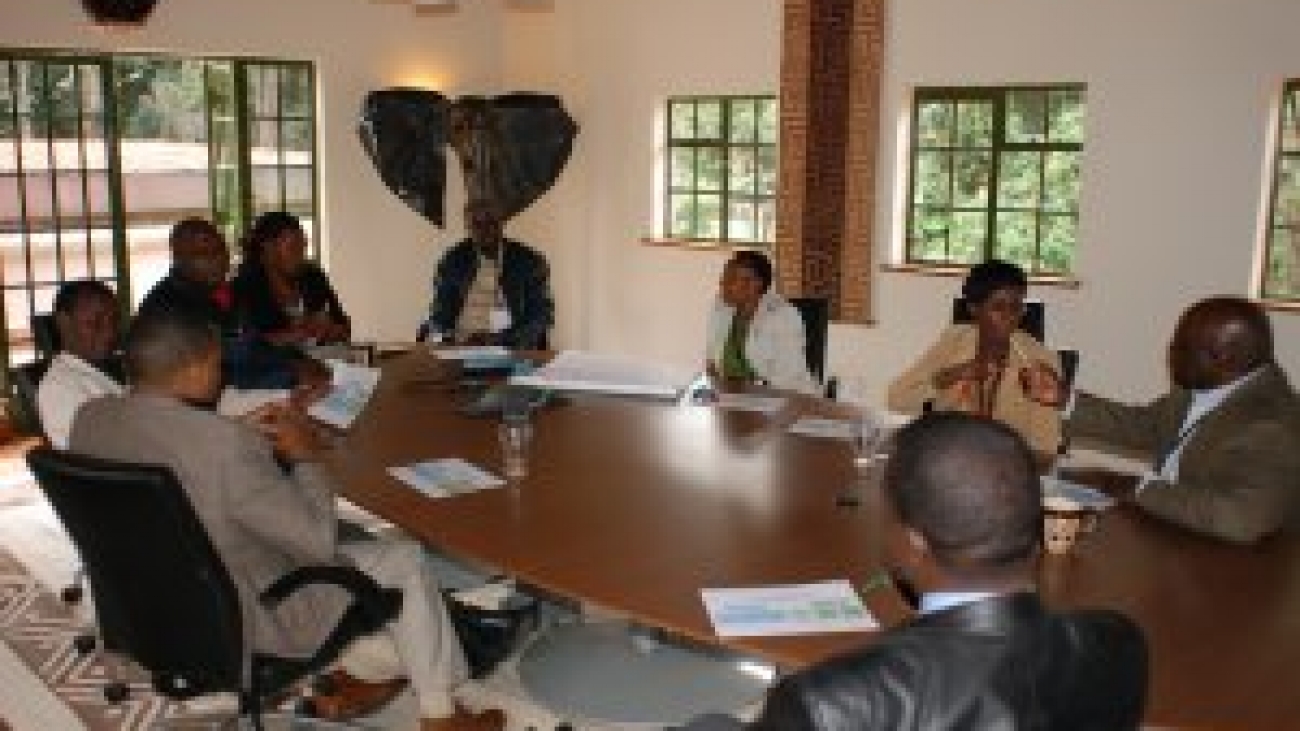


 African forest elephants–taxonomically and functionally unique from their savanna cousins that they separated from 5 million years ago–are being poached at accelerating rates. Many central African countries have opened up their forests to selective logging and mining concessions, thus enabling access for poachers. However, there is poor range-wide information on the repercussions.
African forest elephants–taxonomically and functionally unique from their savanna cousins that they separated from 5 million years ago–are being poached at accelerating rates. Many central African countries have opened up their forests to selective logging and mining concessions, thus enabling access for poachers. However, there is poor range-wide information on the repercussions. 



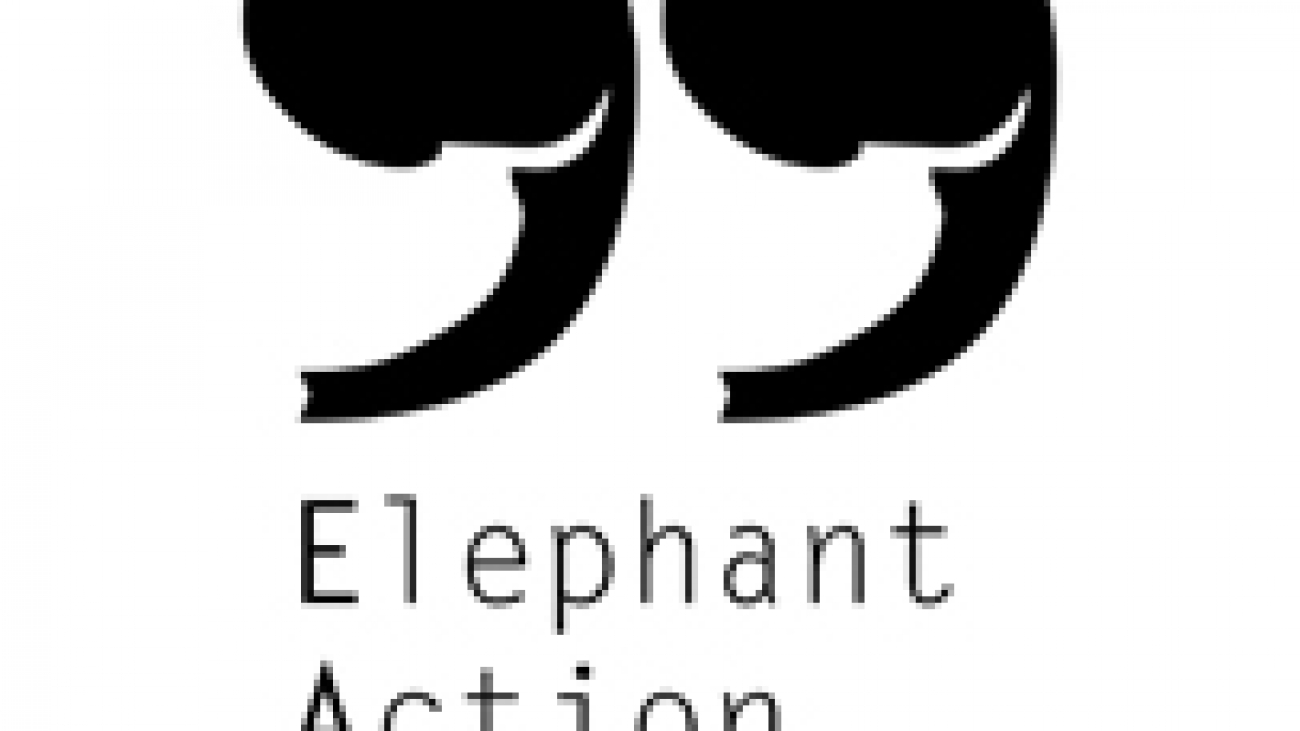




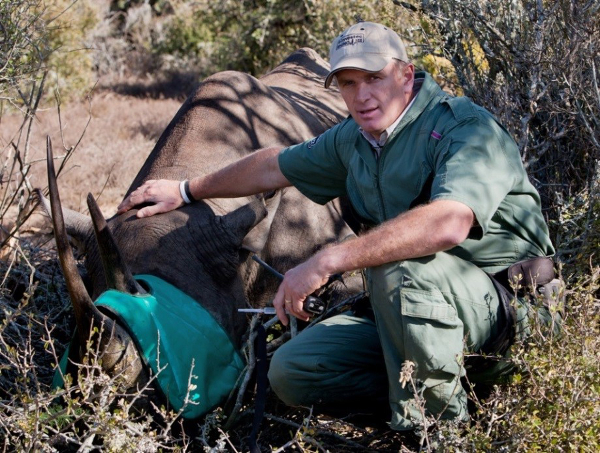

 Debby Cox currently serves as the Jane Goodall Institute’s (JGI) te chnical advisor supporting various program areas, particularly in the Republic of Congo and the Democratic Republic of the Congo (DRC). Since 2009, Cox has helped JGI’s country directors within sub-Saharan Africa develop programs to alleviate the threats to chimpanzee survival.
Debby Cox currently serves as the Jane Goodall Institute’s (JGI) te chnical advisor supporting various program areas, particularly in the Republic of Congo and the Democratic Republic of the Congo (DRC). Since 2009, Cox has helped JGI’s country directors within sub-Saharan Africa develop programs to alleviate the threats to chimpanzee survival.
